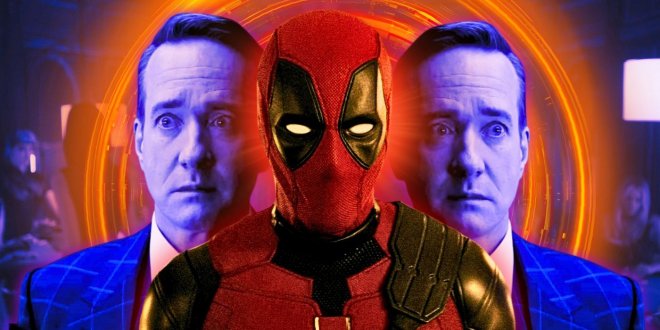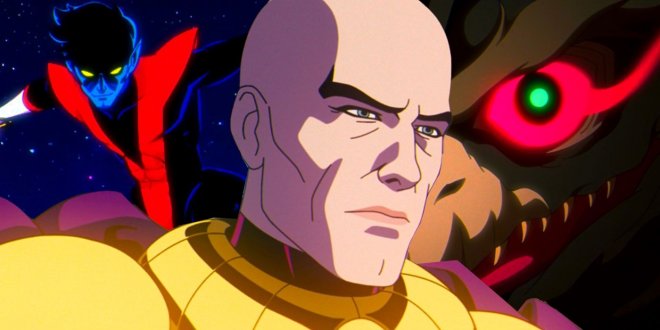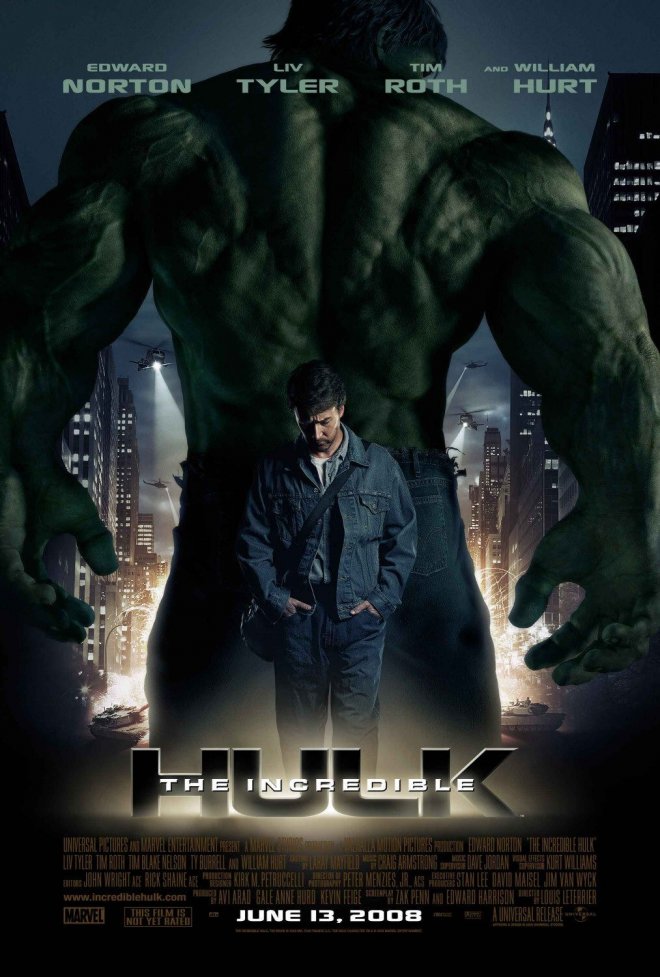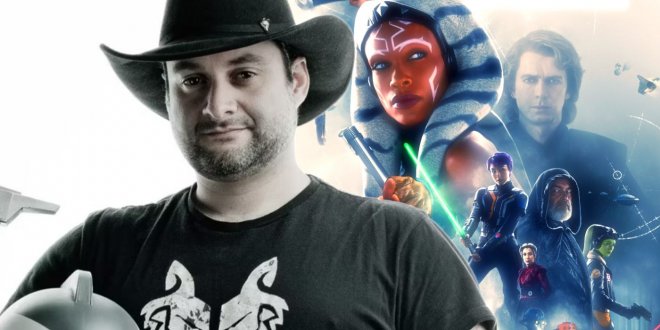Star Wars" Movie vs. TV Approach Shows Where Lucasfilm Has Gone Wrong
Star Wars’ misguided TV vs. movies debate proves that Lucasfilm should be approaching its content differently. Over the last few years, Lucasfilm has had trouble getting any new movie projects off the ground. Countless artists and stories have come and gone or have simply floundered in stasis, unable to move forward due to scheduling conflicts or creative differences. Though the recent announcements of Rey’s New Jedi Order movie, a Dawn of the Jedi film, and The Mandalorian movie are all promising, it’s hard to feel confident they’ll actually get made. The Mandalorian movie seems the surest bet because of its links to the Disney+ TV corner of Star Wars, which has been Lucasfilm’s top priority.
The live-action Star Wars shows on Disney+ gave Lucasfilm an entirely new medium with which to tell Star Wars stories. The franchise was no stranger to TV, having made successful animated projects in the past, but live-action streaming shows presented unique opportunities for true transmedia storytelling. In a recent interview with Dagobah Dispatch, Entertainment Weekly’s Star Wars podcast, Lucasfilm president Kathleen Kennedy explained that the opportunities that streaming presents, where they can use bigger budgets and thus create more spectacle, has changed how they view what is made for TV and what is made for the cinema. Her reasoning, however, underestimates the importance of character in the film medium, especially.
![]() Though the Star Wars sequel trilogy had its moments, most audiences agree that the overall experience was a rocky one. Character arcs were unplanned and uneven, and characters who showed great potential were unfairly sidelined, like Finn, Rose Tico, and Poe Dameron. While some unforeseen circumstances changed certain character arcs, like the tragic passing of Carrie Fisher, the fault lay with little to no overarching view as the sequel trilogy went into production. Audiences don’t relate to a plot – they relate to the characters, and if the characters are underwhelming, underappreciated, and underutilized, even a film with the greatest plot ever written can crash and burn.
Though the Star Wars sequel trilogy had its moments, most audiences agree that the overall experience was a rocky one. Character arcs were unplanned and uneven, and characters who showed great potential were unfairly sidelined, like Finn, Rose Tico, and Poe Dameron. While some unforeseen circumstances changed certain character arcs, like the tragic passing of Carrie Fisher, the fault lay with little to no overarching view as the sequel trilogy went into production. Audiences don’t relate to a plot – they relate to the characters, and if the characters are underwhelming, underappreciated, and underutilized, even a film with the greatest plot ever written can crash and burn.
Rogue One: A Star Wars Story, on the other hand, is one of the best projects of the Disney Star Wars era, and certainly, the best of the five films. Of course, it has spectacle – who can forget the epic Battle of Scarif? But what was loved most about Rogue One, above all, was that the characters were the driving force of the story. Viewers don’t need to spend countless hours with characters to get to know them; it’s about understanding their motivations and giving them believable reasons to be a part of that particular narrative.
Jyn Erso, Cassian Andor, Bodhi Rook, Chirrut Imwe, and Baze Malbus all had their own personal reasons for joining the fight, giving the audience a better understanding of the stakes. Rogue One wasn’t just about telling the story of how the Rebellion got the Death Star plans, plugging a narrative gap, or filling a plot hole – it was about showcasing the personal sacrifice that was needed to get the Rebel Alliance the victory in the long run. Luke Skywalker may have made the impossible shot, but without those characters, without those people and their hopes, dreams, and spirit, he never would have been able to take fire the proton torpedo in the first place.
[圖擷取自網路,如有疑問請私訊]
The live-action Star Wars shows on Disney+ gave Lucasfilm an entirely new medium with which to tell Star Wars stories. The franchise was no stranger to TV, having made successful animated projects in the past, but live-action streaming shows presented unique opportunities for true transmedia storytelling. In a recent interview with Dagobah Dispatch, Entertainment Weekly’s Star Wars podcast, Lucasfilm president Kathleen Kennedy explained that the opportunities that streaming presents, where they can use bigger budgets and thus create more spectacle, has changed how they view what is made for TV and what is made for the cinema. Her reasoning, however, underestimates the importance of character in the film medium, especially.
"There's so many things we can do in streaming now, where we do massive effects, we really increase the scale and size of these stories, and I certainly find myself personally looking at, well, what is that distinction that moves something on to the big screen versus the smaller screen? And it's usually the intimacy of the character-driven stories that you try to really push in the television space, and then the spectacle that you can still preserve in the movie space."Star Wars Is Underestimating The Importance Of Character-Driven Movies
 Though the Star Wars sequel trilogy had its moments, most audiences agree that the overall experience was a rocky one. Character arcs were unplanned and uneven, and characters who showed great potential were unfairly sidelined, like Finn, Rose Tico, and Poe Dameron. While some unforeseen circumstances changed certain character arcs, like the tragic passing of Carrie Fisher, the fault lay with little to no overarching view as the sequel trilogy went into production. Audiences don’t relate to a plot – they relate to the characters, and if the characters are underwhelming, underappreciated, and underutilized, even a film with the greatest plot ever written can crash and burn.
Though the Star Wars sequel trilogy had its moments, most audiences agree that the overall experience was a rocky one. Character arcs were unplanned and uneven, and characters who showed great potential were unfairly sidelined, like Finn, Rose Tico, and Poe Dameron. While some unforeseen circumstances changed certain character arcs, like the tragic passing of Carrie Fisher, the fault lay with little to no overarching view as the sequel trilogy went into production. Audiences don’t relate to a plot – they relate to the characters, and if the characters are underwhelming, underappreciated, and underutilized, even a film with the greatest plot ever written can crash and burn.Rogue One: A Star Wars Story, on the other hand, is one of the best projects of the Disney Star Wars era, and certainly, the best of the five films. Of course, it has spectacle – who can forget the epic Battle of Scarif? But what was loved most about Rogue One, above all, was that the characters were the driving force of the story. Viewers don’t need to spend countless hours with characters to get to know them; it’s about understanding their motivations and giving them believable reasons to be a part of that particular narrative.
Jyn Erso, Cassian Andor, Bodhi Rook, Chirrut Imwe, and Baze Malbus all had their own personal reasons for joining the fight, giving the audience a better understanding of the stakes. Rogue One wasn’t just about telling the story of how the Rebellion got the Death Star plans, plugging a narrative gap, or filling a plot hole – it was about showcasing the personal sacrifice that was needed to get the Rebel Alliance the victory in the long run. Luke Skywalker may have made the impossible shot, but without those characters, without those people and their hopes, dreams, and spirit, he never would have been able to take fire the proton torpedo in the first place.
[圖擷取自網路,如有疑問請私訊]
|
本篇 |
不想錯過? 請追蹤FB專頁! |
| 喜歡這篇嗎?快分享吧! |
相關文章
tag_starwar















